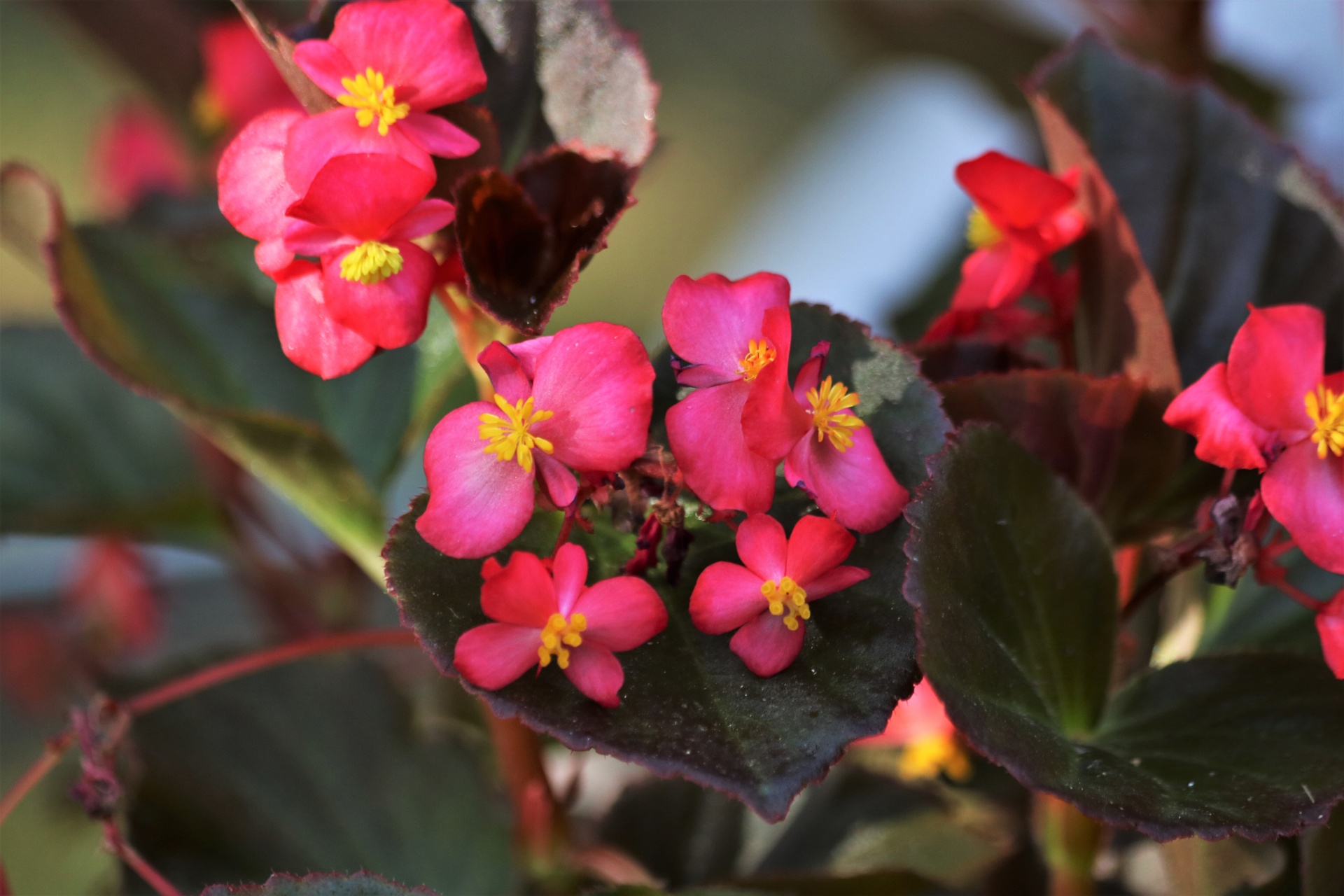
Propagating Basil: A Comprehensive Guide for Plant Lovers
Basil, a fragrant and versatile herb, not only adds flavor to our favorite dishes but also brings freshness to our gardens. Imagine having an abundance of basil at your fingertips, ready to be plucked whenever needed. With the art of plant propagation, you can easily multiply your basil plants and enjoy an endless supply all year round. In this guide, we will walk you through the step-by-step process of propagating basil, ensuring your success in this rewarding endeavor.
Why Propagate Basil?
There are several reasons why propagating basil is a great idea:
1. Cost-Effective
Purchasing new basil plants can be expensive, especially if you frequently use it in your cooking. By propagating, you can save money and have an endless supply of fresh basil.
2. Preserving Preferred Varieties
If you have a favorite basil variety with unique characteristics, you can ensure its preservation through propagating. This way, you won’t have to rely on finding the specific variety in stores.
3. Gardening Joy
Propagating basil can be a fun and satisfying activity for any plant lover. Watching your cuttings grow into thriving plants is a rewarding experience that brings joy to your garden.
Propagation Methods
There are three primary methods of propagating basil:
1. Water Propagation
Water propagation is a simple and effective way to root basil cuttings. To propagate basil in water:
- Select a healthy basil plant and cut a 4-6 inch stem just below a leaf node.
- Remove the lower leaves, leaving only a couple of leaves at the top.
- Place the cutting in a glass or jar filled with water, ensuring that the leaves are above the waterline.
- Put the glass in a bright location away from direct sunlight.
- Change the water every few days to prevent bacterial growth.
- After a few weeks, roots will start to develop. Once the roots are about an inch long, transfer the cutting into a pot with well-draining soil.
2. Soil Propagation
Soil propagation is another effective way to propagate basil. Follow these steps:
- Prepare a pot with well-draining potting soil.
- Take a 4-6 inch cutting from a healthy basil plant, just below a leaf node.
- Remove the lower leaves, leaving only a few at the top.
- Moisturize the soil and create a small hole using a pencil or your finger.
- Place the cutting in the hole and gently press the soil around it.
- Water the cutting until the soil is damp but not waterlogged.
- Keep the cutting in a warm and bright location, away from direct sunlight.
- After a few weeks, roots will start to develop. Once the roots are about an inch long, the cutting has rooted successfully.
3. Division
Propagating basil through division is ideal if you have an existing basil plant with multiple stems or clumps. Here’s how to do it:
- Carefully dig out the entire basil plant, trying to keep the root ball intact.
- Gently separate the clumps into individual plants, ensuring that each clump has roots attached.
- Plant each clump in separate pots with well-draining soil.
- Water the newly potted plants thoroughly and place them in a warm, bright location.
- Maintain proper watering and care until the plants establish themselves.
Caring for Propagated Basil Plants
Once your basil cuttings have rooted, it’s important to provide the optimal conditions for their growth:
- Sunlight: Basil plants thrive in bright sunlight, so place them in a location that receives at least 6 hours of sunlight daily.
- Watering: Keep the soil consistently moist but not waterlogged. Ensure proper drainage to prevent root rot.
- Temperature: Basil prefers warm temperatures between 60°F and 90°F (15°C to 32°C). Protect them from frost or extreme cold.
- Fertilization: Feed your basil plants with a balanced liquid fertilizer every 2-4 weeks during the growing season.
- Pruning: Regularly pinch off the top leaves to encourage bushier growth and prevent flowering.
By following these care tips, your propagated basil plants will flourish and provide you with an abundant harvest of fragrant leaves.
Conclusion
Propagating basil is a wonderful way to extend your love for this versatile herb. Whether you choose water propagation, soil propagation, or division, the process is relatively simple and rewarding. With the right care and dedication, you can enjoy a never-ending supply of fresh basil while saving money and preserving your favorite varieties. So, roll up your sleeves, grab your clippers, and start propagating basil today!
Keep Reading

Snake Plant Propagation in Water: A Step-by-Step Guide
Snake plants, also known as Sansevieria, are popular houseplants due to their striking appearance and low maintenance requirements. Propagating these plants in water is a simple and effective way to grow new snake plant babies.

Propagation Made Easy: A Guide to Begonia Propagation
Gardening enthusiasts looking to expand their begonia collection often turn to propagation. This simple yet rewarding method allows you to grow new plants from existing ones, ensuring a continuous supply of stunning begonias.